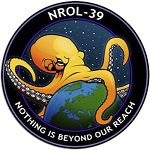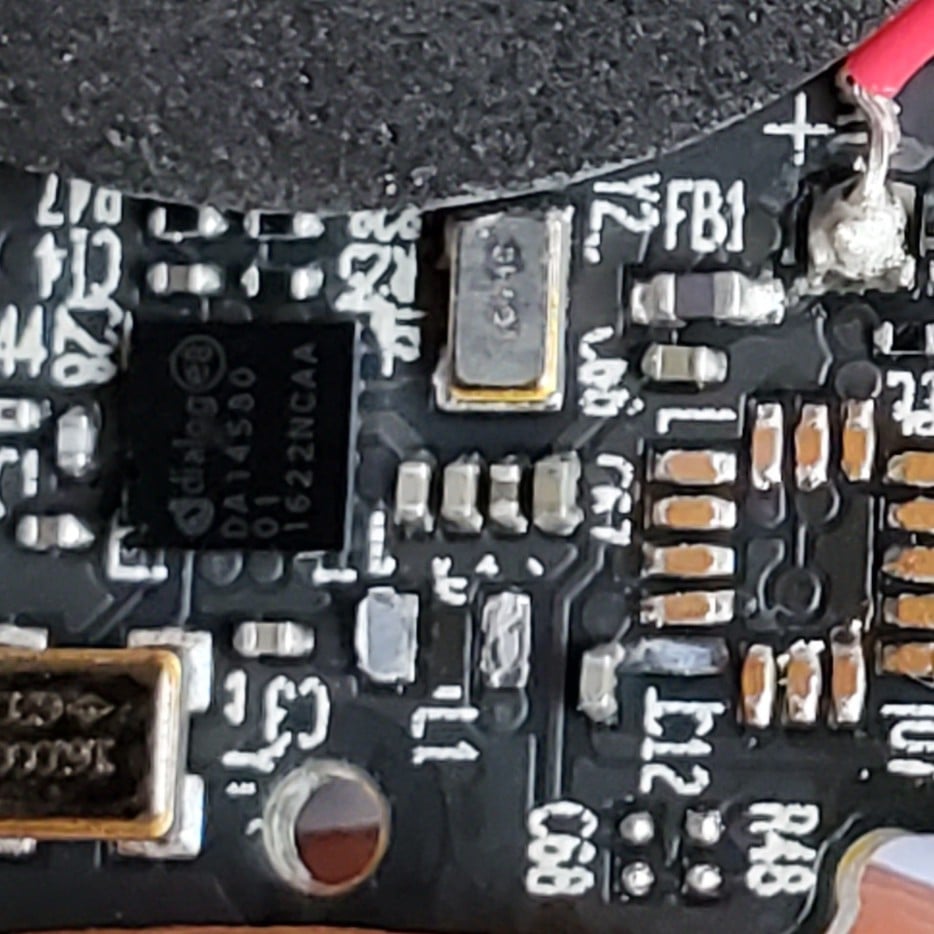I understand that alcoholic beverages are regulated by the ATF and not the FDA, which is why nutrition fact labels aren’t legally required on alcoholic beverages, but why does this carry over to NA beer?
It’s basically just beer-flavored soda. It has less than the required alcohol content (<0.5%) to be legally classified as an alcoholic beverage. Is it not regulated by the FDA?
The only clue I have is that Nutrition Fact labels appear on cans of NA beer made by companies that only produce NA beer (e.g. Athletic / Partake), but not NA beers produced by existing full-alcohol breweries (e.g. Heineken / Guinness). Is there some sort of “we also produce alcoholic beverages” loophole to avoid FDA regulation?
If so, would it be possible for Coca-Cola, who distributes alcoholic beverages (e.g. Topo Chico hard seltzer / Jack & Coke premixed cocktails), to get around the requirement for their regular sodas?
Brewery process engineer here. The reasons beer doesn’t need as strict of regulation in terms of food safety and in terms of labeling is twofold.
Part of that is because it’s lobbied to keep it that way, because if you put numbers down they’re not great (no surprise)
Part of it is because beer’s pH and alcohol content makes it nearly impossible for human-harming-pathogens to grow. On the scale of danger for you from a food safety perspective, beer is low.
NA beer is full strength beer with the alcohol removed. It goes through the same kill steps and processes as normal beer. Alcohol removal can be done a few ways (RO, filtration, boiling) but is I think always or effectively always followed by pasteurization.
Not saying it should be beyond labelling, but that’s the reasoning why it’s not a high priority for labeling like food.
The labeling referred to was nutritional, not food safety. Why would its inhospitability to pathogens mean we don’t need nutritional labeling?
Now, you mentioned lobbying, which is a valid reason if not a good one. I also have no skin in this game, since beer is one of my least favorite alcohols.
The (absolutely gutted) organization for requiring things like nutritional information is primarily responsible for keeping people safe in the foods they consume. Should it be on there? Probably. But on the scale of things to do it’s so absurdly insanely low with so many horrific things ahead of it that it probably isn’t gonna happen. Nevermind the fact that it’s lobbied against pretty hard at the same time.
I think it probably should have nutritional and allergenic info required on it, but hearing the horror stories of my friends in food safety who go to plants that produce dangerous products with so little rules and oversight, I can’t imagine thinking it’s a good idea to take any amount of FDA time and attention away from that for things like beer.
Most big breweries have nutritional info on their site for their beers, fwiw.
NA beer is not basically “beer flavored soda.” The only thing the two have in common is carbonation and even that is produced differently in each. Soda is flavored syrup mixed with water that has been carbonated by forcing CO2 through it. NA beer is brewed the same as regular beer, and carbonation occurs during this process. For some NA beers, fermentation is arrested before significant amounts of alcohol form, while others are subjected to a vacuum to lower the boiling point so that the alcohol can be boiled out with a minimum effect of the flavor.
This is it. The law is likely written in a way that exempts all non-alcoholic beer and the brewing industry doesn’t want to touch that law at all since it would likely lead to all alcoholic products being required to publish nutritional information rather than just non-alcoholic products.
I think you are taking the beer flavored soda comment too literally.
Both are beverages people drink for fun and have calories, which is the comparison said in a lighthearted manner.
Except it depends on how the law sees them. OP may view them as two similar products, but the law may not and the discussion is based on why the law treats two similar products differently.
I wonder if it’s because there’s no lower limit on what’s considered “beer”, so some companies will choose to regulate it as a beer rather than as a soft drink? I know I’m carded whenever I buy NA beer at major retailers - but Whole Foods at least has it with the soft drinks (which may mean it’s 3.2 beer by MN legal standards in some cases)…? I have no idea but DeMorgan’s law says the best way to get the right answer on the internet is not to ask a question; it’s to post the wrong answer.
I was so curious how boolean logic was about to play into things haha
The key difference is the use of malted barley/hops for fermentation in production. If those are used (and probably some other requirements met, like being made in a brewery?) it can be classified as a Malt Beverage (a category that includes beer), putting it under TTB (who now regulate alcohol and tobacco moreso than ATF), and the correspondingly lax labeling requirements.
Most NA beer/Seltzers fall under this, and (my speculation from this point on) you probably won’t see many N/A versions of the canned mixed drinks or vodka seltzers because they’d have to comply with a whole different set of rules since the NA version wouldn’t be a Malt Beverage. Its possible that the Athletic/Partake examples you cite simply didn’t see any benefit to getting certified as a brewery or added the nutrition label voluntarily, or were required to because they made some specific nutritional claim elsewhere on the can.
If coca cola wanted to make what was basically a soda, but integrate a fermented malt/hop component, I suppose they could maybe get away with that. But I think the TTB would shoot them down if it was a miniscule amount of malt/hop, and honestly I’m not convinced that it’d be at all worth the effort, since the facilities used would be regulated as breweries, and the formula would be subject to TTB approval, all just to avoid a nutrition label?
Another fun fact, it seems like beverages with no significant amount of any nutrient, vitamin, or mineral could probably get away without a label too. Not sure how hard that would be to achieve without just making it water though lol
See Slide 22 here: https://www.ttb.gov/images/pdfs/TTB_Boot_Camp_for_Brewers-_Nontraditional_Products.pdf
And the linked rulings from TTB: https://www.ttb.gov/images/pdfs/rulings/2008-3.pdf and FDA: https://www.fda.gov/media/90473/download
It’s basically just beer-flavored soda. It has less than the required alcohol content (<0.5%) to be legally classified as an alcoholic beverage. Is it not regulated by the FDA?
I have no idea, but kombucha also has a tiny amount of alcohol in it and has a nutritional facts label in it.
Soda can have a tiny amount of alcohol as a side effect of the manufacturing process. Beer and other alcoholic beverages just meet a certain level before they count as alcoholic beverages.
I know in my state NA beer is still considered to be beer. Have to be 21 to purchase, need a liquor license to sell it, etc.
As I recall it’s because the definition of beer in the state statute defines beer as a fermented drink with certain criteria like wheat, barley, hops, etc. as ingredients, and alcohol content not being one of the criteria.
It actually meant a local sober bar (a bar-like place that only serves NA drinks) had to go through the hassle and expense of getting a liquor license.
I understand that alcoholic beverages are regulated by the ATF and not the FDA,
Huh? Is beer an arm
We don’t care about health and wellbeing. We push drugs to keep the rich in place and the down on their luck slaves. We are built on destroying other lives for the power it gives us over them. You become a strong nation by controlling your people.
That’s nice and all but this doesn’t answer the actual question.





